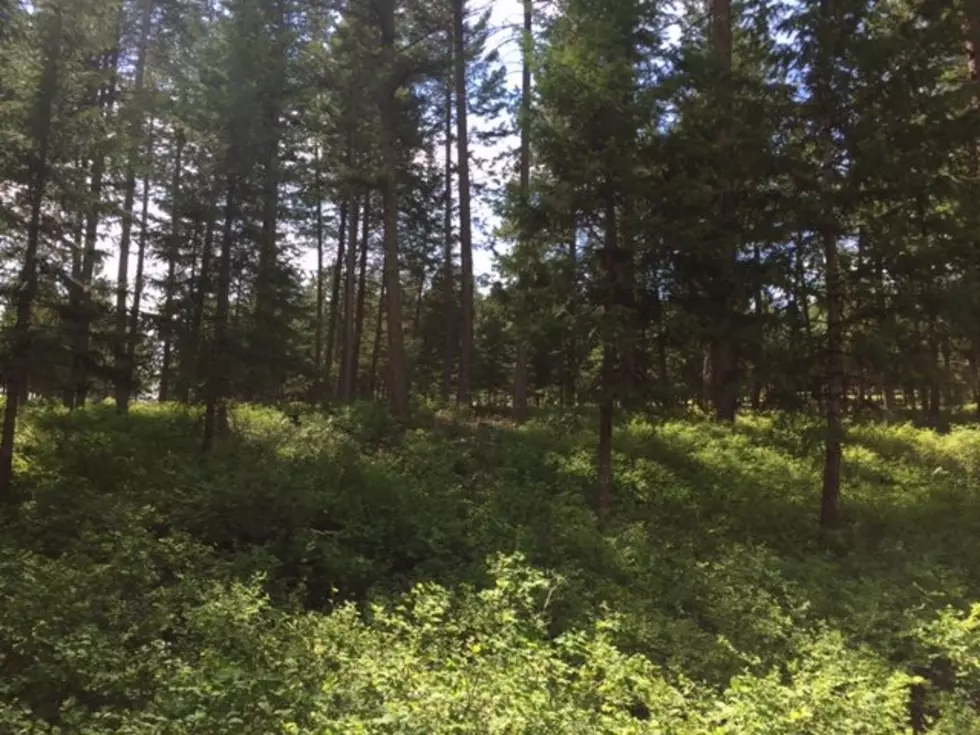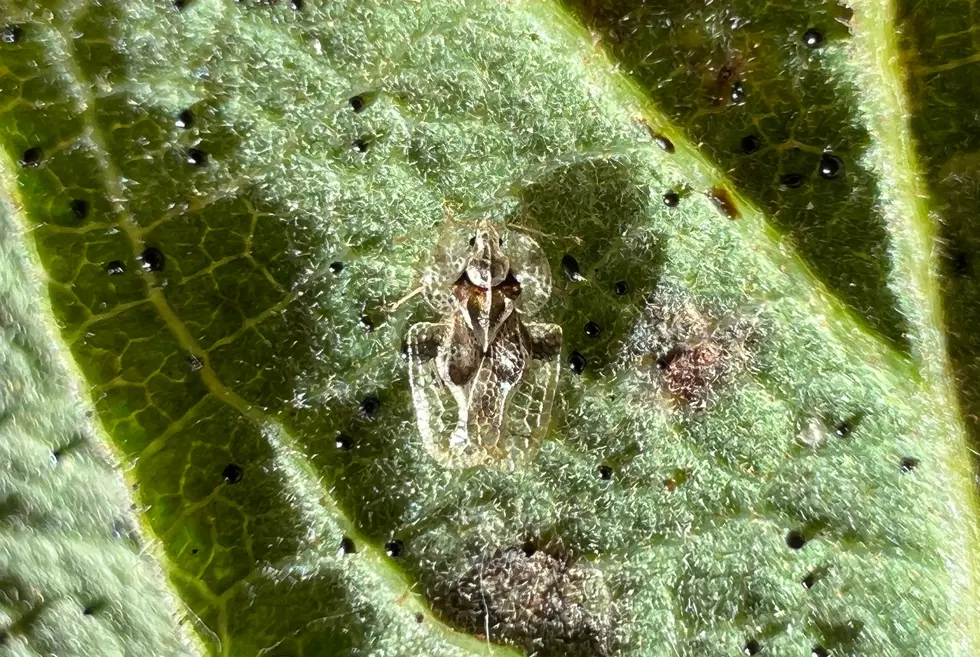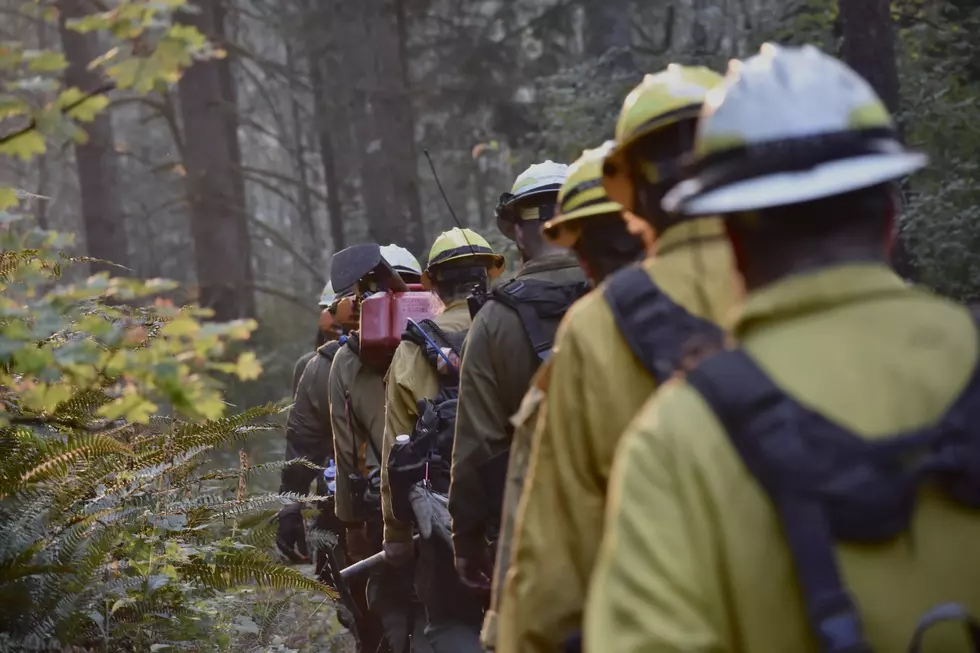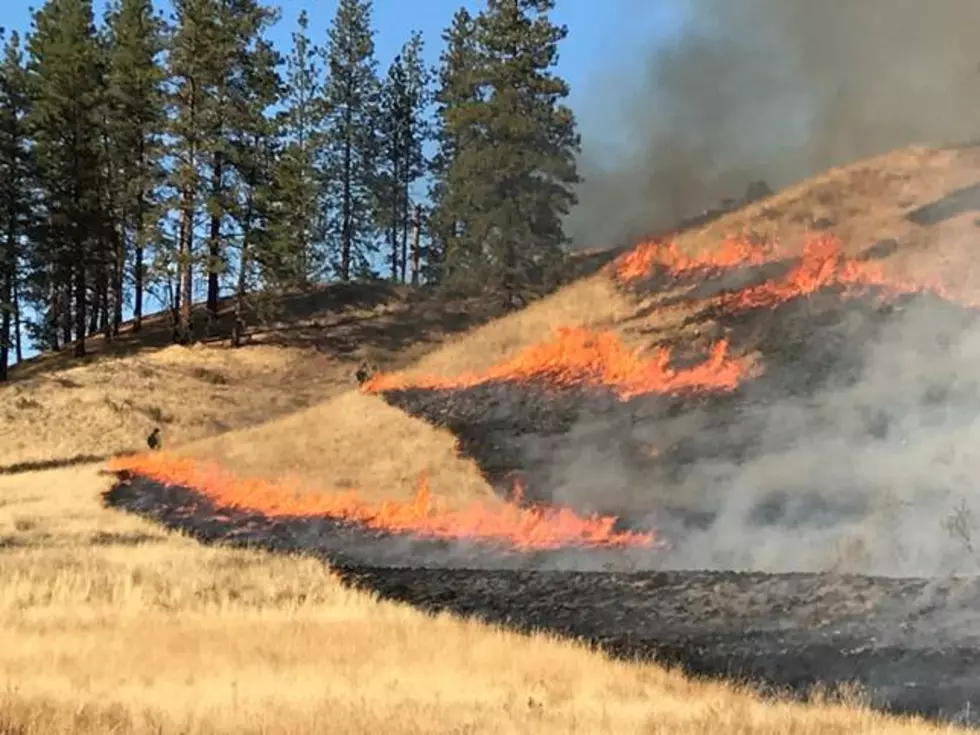
DNR: Washington Forests Continue To Face A Host Of Challenges For 2021
According to the state Department of Natural Resources, forests across Washington continue to face an array of challenges. According to the state’s latest Forest Health Highlights Report, many of those challenges have been brought on by an increasingly dry climate as well as past forest management practices.
The COVID pandemic made it challenging for DNR to compile their data, thanks to the fact that the interagency aerial survey was grounded last year for the first time since 1947. However the report indicated last year there was a total of 1,638 fires statewide, up by nearly 250 fires year over year; and about 95% of those fires were human caused.
“The Forest Health Highlights report is an annual reminder of the crisis our state forests face due to drought, disease and insect damage,” said Commissioner of Public Lands Hilary Franz. “Forests in poor health are more susceptible to catastrophic wildfires that threaten our communities and place our heroic firefighters at greater risk each summer. The information gathered by our scientists informs our implementation of DNR’s 20-Year Forest Health Strategic Plan and will help drive the groundbreaking investments in forest health made possible by House Bill 1168.”
DNR scientists used a combination of high-resolution satellite images, orthophoto imagery and ground surveys to cover about half of the normal 22 million acres of forestlands observed by the annual aerial survey. Prioritization of areas with elevated risk, recent damage and the availability of satellite images led to about 80 percent of the surveys taking place in eastern Washington. Observers drove more than 3,500 miles over several weeks to conduct the ground sampling.
“One of our most important tasks each year is to monitor the health of Washington forests,” DNR Forest Entomologist Glenn Kohler said. “Our forest scientists rose to the challenges presented by COVID-19, put forth the extra effort to collect data across thousands of square miles and will use the Forest Health Highlights report to guide their work for the coming year.”
Unlike in prior years, the 2020 Forest Health Highlights report does not include summaries of acres affected by specific damage agents due to the reduced survey area and pandemic-caused changes to survey methods. Highlights of recent trends and damage locations contained within the report include:
- Detection of a non-native sooty bark disease causing on a variety of maple trees in the Seattle area. The impact and distribution of the disease across the state is not currently known, but its spread onto native maple species is concerning and requires additional research.
- A total of 1,638 fire occurrences were reported statewide in 2020, up from 1,395 in 2019 and well above the 10-year average of 1,466. About 95 percent of those were caused by humans and 41 were considered large fires by the National Wildfire Coordinating Group (NWCG), nearly double the 23 large fires recorded in 2019.
- Previously reported outbreaks of Douglas-fir tussock moth in Kittitas, Chelan and Okanogan counties appear to have collapsed due to natural controls. An outbreak of spruce aphid affecting more than 10,500 acres of forest along the Washington coastline also seems to have collapsed.
- Dieback and mortality of western red cedar was observed in 2020 throughout Washington. Symptoms of dieback include discoloration of the needles, thinning crowns and heavy cone crops. Damage agents including wood-boring beetles and cedar bark beetles were observed at some sites, but recent drought and high temperatures are likely the primary cause of the dieback. Ground surveys reported more extensive mapping of western red cedar dieback in 2020 than in previous years.
- WSDA conducted a gypsy moth eradication project in the spring of 2020 by treating more than 1,300 acres in two areas of Snohomish County. One of those areas was the site of the first-ever detection of the Hokkaido gypsy moth in the United States. WSDA proposed a 634-acre treatment in Cowlitz County in the spring of 2021. Large numbers of traps will be deployed along the Columbia River in 2021 in order to follow up on the detection of the Asian Gypsy Moth in northwest Oregon by the Oregon Department of Agriculture.
The Forest Health Highlights report informs scientists and forestland owners across the state of new and ongoing trends across the state. Wildfire management teams also use the report to identify areas with concentrated fuels and hazardous trees.
“The health of Washington forests not only impacts our own quality of life, but the health of our environment, our local economies and our wildlife,” said Washington State Forester George Geissler, who oversees the Forest Health and Resiliency Division of DNR. “That is why it is so important that we monitor our forests and help them combat the existential threats they face.”
Click Here to read the entire Forest Health Highlights Report.
If you have a story idea for the PNW Ag Network, call (509) 547-1618, or e-mail gvaagen@cherrycreekmedia.com
More From PNW Ag Network









